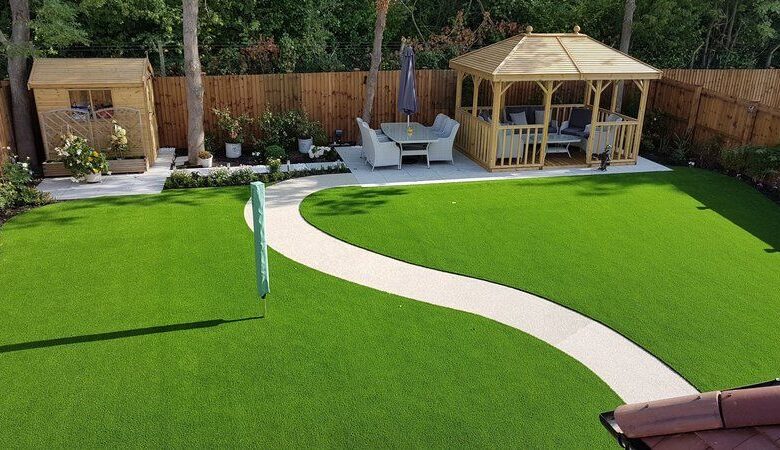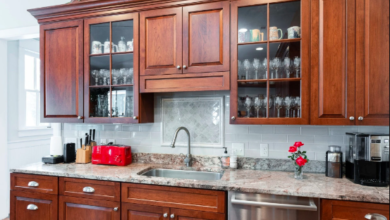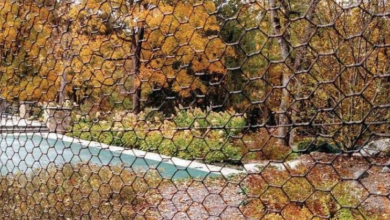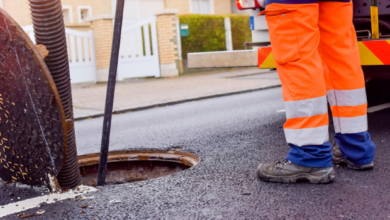Why Artificial Lawn Is the Sustainable Choice for Your Yard

Introduction to Artificial Lawn
Imagine stepping into your yard and being greeted by lush, vibrant greenery that requires no mowing, watering, or pest control. Sounds dreamy, right? This is the reality with artificial lawn—an innovative solution that’s not just about aesthetics but also sustainability. As our planet grapples with environmental challenges, many homeowners are rethinking their outdoor spaces. Traditional grass lawns often demand excessive water and maintenance while contributing to greenhouse gas emissions from mowers and fertilizers. But what if there was a way to enjoy a beautiful green space without compromising the environment? Enter artificial lawn: a practical choice for eco-conscious homeowners looking to enhance their yards sustainably. Let’s explore why making the switch can be both beneficial for you and kind to Mother Earth.
Environmental Impact of Traditional Grass Lawns
Traditional grass lawns require significant resources for upkeep. From water to fertilizers, the environmental footprint can be substantial.
Water usage is a primary concern. In many regions, maintaining a lush green lawn demands hundreds of gallons weekly. This contributes to depletion of local water sources, especially in drought-prone areas.
Chemical fertilizers and pesticides pose another issue. These substances often seep into the soil and waterways, leading to pollution that harms ecosystems. The runoff can create dead zones in lakes and rivers, disrupting aquatic life.
Additionally, gas-powered mowers release greenhouse gases. Each cut adds up over time, contributing further to climate change.
And let’s not forget about biodiversity loss. Expansive lawns reduce natural habitats for wildlife, pushing out native plants and animals essential for ecological balance.
Advantages of Artificial Lawn for the Environment
Artificial lawns offer numerous environmental benefits that traditional grass cannot match. One of the most significant advantages is water conservation. Natural grass requires substantial irrigation, especially in arid regions, while artificial turf needs no watering at all.
Moreover, synthetic lawns eliminate the need for harmful pesticides and fertilizers. These chemicals can leach into local waterways, harming ecosystems and wildlife. By opting for an artificial lawn, you contribute to a healthier environment.
Another benefit lies in reduced carbon emissions. Traditional lawn care often involves gas-powered mowers and tools that release pollutants into the air. With no mowing required, artificial lawns help lower your carbon footprint significantly.
Additionally, they provide year-round greenery without depleting natural resources or requiring seasonal maintenance changes. This consistency enhances urban biodiversity by offering a stable habitat for various small creatures while keeping your yard looking great throughout every season.
Cost Savings with Artificial Lawn
When considering a new lawn, cost savings play a crucial role. Artificial lawns require an upfront investment, but they can save you money in the long run.
Think about the expenses associated with traditional grass. Mowing services, fertilizers, and water bills add up quickly. With artificial turf, those recurring costs virtually disappear.
Maintenance is minimal—no more spending on weed killers or pest control products either. Just occasional rinsing keeps it looking fresh.
Moreover, regions experiencing droughts face strict water restrictions. An artificial lawn can eliminate this concern entirely while still providing that lush green look year-round.
Homeowners are increasingly realizing these financial benefits as they weigh their options for landscaping solutions. It’s not just about aesthetics; it’s also a smart economic choice that pays off over time without compromising beauty or function.
Easy Maintenance and Durability
One of the standout features of an artificial lawn is its low maintenance requirement. Unlike natural grass, there’s no need for constant mowing or watering. This means more time enjoying your yard and less time laboring over it.
Artificial lawns are designed to withstand wear and tear from foot traffic, pets, and weather elements. They resist fading from UV rays and don’t become patchy during dry spells.
Cleaning is a breeze; simply rinse with water to remove debris or use a soft broom to keep it looking fresh. There’s no worrying about pests like grubs or mosquitoes that can plague traditional grass.
With durability built into their design, artificial lawns promise longevity—often lasting well over a decade without significant deterioration. Choose this option for peace of mind knowing your investment will endure through seasons while requiring minimal effort on your part.
Addressing Common Concerns
Many people have concerns about artificial lawn, particularly regarding its safety and aesthetic appeal. Rest assured, modern materials are designed with non-toxic components that prioritize your family’s health.
Another common worry is heat retention. While it’s true that synthetic grass can get warm under direct sunlight, there are various products engineered to reflect heat better than traditional options. Choosing lighter colors can also help mitigate this issue.
Some fear a lack of biodiversity in their yards. However, you can easily enhance the environment by adding native plants or flower beds around your artificial lawn. This supports local wildlife while maintaining a beautiful space.
Durability often raises eyebrows; some believe it won’t stand the test of time. Quality installations come with warranties lasting up to 15 years or more, ensuring you enjoy a vibrant yard for years ahead without constant upkeep.
Conclusion: Making the Sustainable Choice for Your Yard
Choosing an artificial lawn is more than just a design decision; it’s a commitment to sustainability. With the environmental impact of traditional grass lawns becoming increasingly evident, opting for synthetic turf presents numerous benefits.
Artificial lawns require no pesticides or fertilizers, reducing chemical runoff into our water systems. They are designed to withstand the elements and remain green all year round without extensive watering. This not only conserves precious resources but also reduces your carbon footprint.
The cost savings associated with artificial lawns can be significant over time. While the initial investment may seem daunting, consider how much you spend on water bills, lawn care products, and maintenance tools each year. An artificial lawn eliminates these expenses while providing a pristine look that enhances your home’s curb appeal.
Maintenance is minimal with synthetic grass—no mowing, no edging, and hardly any upkeep needed at all. This durability ensures that your yard remains beautiful without demanding too much of your time or energy.
Addressing common concerns about appearance and heat retention can help ease doubts about switching from natural grass to an artificial alternative. Modern advancements in technology have led to synthetic options that closely mimic real grass in color and texture while reflecting less heat than older versions did.
Making the move towards an artificial lawn means investing in both convenience and eco-friendliness for your outdoor space. It’s a choice that aligns perfectly with sustainable living practices while enhancing the beauty of your property long-term.




